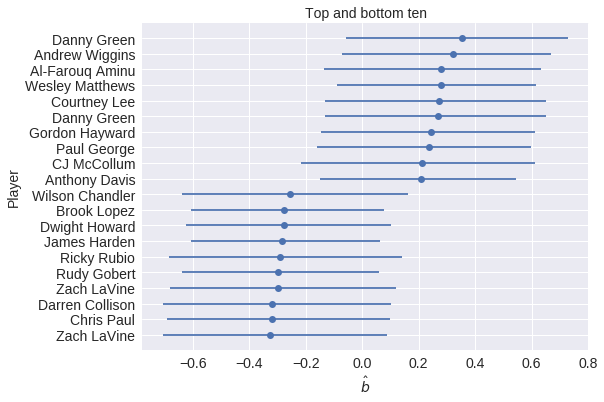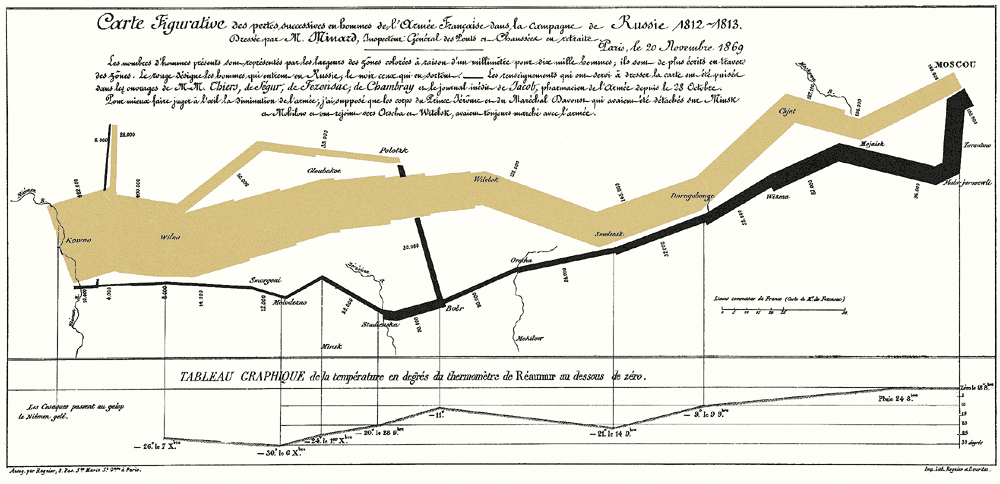



 # monetate.com/about/careers
#
# monetate.com/about/careers
# 
 |
#  |
#  |
#
 #
#  # Source
#
# Source
#  # Source
#
# Source
#  #
#  |
#  |
#
 # ### Probabilistic Programming — storytelling enables inference
#
#
# ### Probabilistic Programming — storytelling enables inference
#
# 

| # | |||
| Prize behind | #Door 1 | #Door 2 | #Door 3 | #
| Door 1 | #No | #Yes | #Yes | #
| Door 2 | #No | #No | #Yes | #
| Door 2 | #No | #Yes | #No | #

#  #
# |
#
#  #
# |
#
|
# |
#
# |
#





 #
# |
# # |
#
#  #
# |
#
#  #
# |
#
 #
#
#  #
# |
#
#  #
# |
#
 # A Conceptual Introduction to Hamiltonian Monte Carlo
#
# A Conceptual Introduction to Hamiltonian Monte Carlo
#  |
#
#  # monetate.com/about/careers
#
# monetate.com/about/careers
# |
#